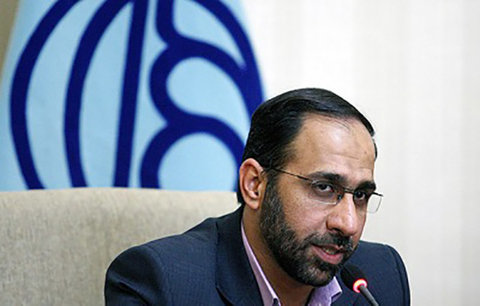Mehdi Baghei addressed IMNA reporter: the project of reviving city watermills prioritized to other beautification projects of the city because watermills are traditionally connected with cultural identity of the city and its neighborhoods' body. Moreover, Isfahan is quite distinct from other cities in terms of its urban furniture.
As referring to the existing documentary proofs, Amini pointed out that Maadis (small traditional streams) are the oldest human-made structures in geographic realms of Isfahan whose antiquity dates back to over 1000 years ago. They, thus, need to be highly taken into consideration due to their history, sustainable development, and improving the city atmosphere.
The managing director named some factors as the most significant approaches towards reviving the city watermills. He counted them as follows: reviving the passageways alongside the Maadis (improving pavements in general), creating tourism poles using cultural, artistic, historical elements, and identifying city quarters.
Baghaei mentioned some other objectives of the plan as creating linked network of passageways, focusing on the water structures in old Isfahan, and using renewable energy like building bike lanes on the margins of Maadis.
Reviving such Maadis will make the passerby stop by and enjoy the place for a short while, he continued.
"The researches on the project are carried out by a panel of experts in the fields of urban designing, architecture, and urbanization who have all mastered historical subjects", Baghei explained and clarified: the designing and implementation stages will be running after finishing the needed research.
He considered the project as a long-lasting action which is deeply connected to the city cultural heritage and have been well received by citizens.


Your Comment